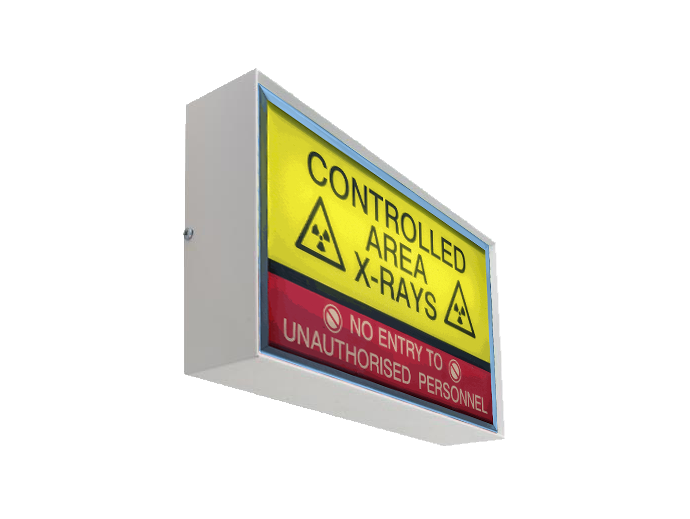
If you've ever set foot in a veterinary clinic, you've almost certainly seen an assortment of equipment fundamental to the medical care of our precious pets. One of the most prevalent, yet often neglected, parts are the 'vet x-ray warning lights'. These warning lights are essential in assuring the safety of both the veterinary staff and the animals in care. In this article, we'll go in-depth into the territory of 'vet x-ray warning lights' and explore their significance.
Understanding Vet X-Ray Machines
Before diving into the details of the 'x-ray warning lights', it's important to understand the primary tool they are linked with - the x-ray machine. Veterinary x-ray machines give a chance to vets to gaze inside an animal's body. They can help find bone fractures, tumours, foreign objects, and other internal problems that might not be visible from a physical examination alone.
However, as helpful as they are, x-ray machines discharge ionising radiation, which is harmful in extensive amounts. That's where the 'x-ray warning lights' step in.
The Role of X-Ray Warning Lights in Veterinary Clinics
'X-ray warning lights' have a straightforward yet key function. They illuminate to show when the x-ray machine is in operation, telling staff, visitors, and other animals to stay away from the nearby area. Here's why they're crucial:
Safety First: The main role of 'vet x-ray warning lights' is safety. They confirm that anyone in the vicinity understands when maybe harmful x-rays are being discharged.
Preventing Unnecessary Exposure: Prolonged exposure to x-rays can be injurious. By alerting everyone in the vicinity, these warning lights have a vital role in lessening any unexpected exposure.
Legal and Regulatory Compliance: In several jurisdictions, including the UK, the use of 'x-ray warning lights' is not just recommended but a statutory requirement. Veterinary clinics are forced to abide by individual safety protocols, with the use of warning lights being chief among them.
Choosing the Right Vet X-Ray Warning Lights
If you're a clinic owner or a vet aiming to start a new practice, it's vital to invest in high-quality 'vet x-ray warning lights'. Here's what to consider:
Visibility: Ascertain that the lights are shiny enough to be seen from a distance, even in well-lit environments.
Durability: Veterinary clinics are hectic environments. Acquire warning lights that can endure a bit of wear and tear.
Integration with X-Ray Machine: Some modern 'x-ray warning lights' can be linked with the x-ray machine to immediately turn on or off. Such integration adds an additional layer of safety and convenience.
Maintenance and Checks
Regular checks and maintenance of your 'vet x-ray warning lights' are important to guarantee they function correctly. A faulty light could bring about unintended exposure. Make sure that:
Periodic Inspections are Carried Out: Examine the lights daily before clinic operations commence.
Replace Faulty Bulbs Swiftly: Don't wait for a bulb to die totally. If you notice it weakening or flickering, it's time for a change.
Test for Synchronisation: If your warning light is merged with your x-ray machine, regularly test to verify they sync accurately.
'X-ray warning lights' in veterinary clinics may appear like straightforward devices, but they play a central role in assuring the safety of both the staff and the animals. They act as silent guardians, safeguarding everyone from unwarranted radiation exposure. Whether you're a vet, a pet owner, or a concerned individual, recognising the importance of these lights and making sure they function rightly is important.
If you're keen to discover more about x-rays in veterinary practice or are on the hunt for first-class 'vet x-ray warning lights', we invite you to visit xray4vets. With a multitude of information and products tailored for the veterinary world, it's your one-stop destination for all things x-ray related. Safe practices guarantee a better environment for everyone involved, so never underestimate the importance of that small warning light!"